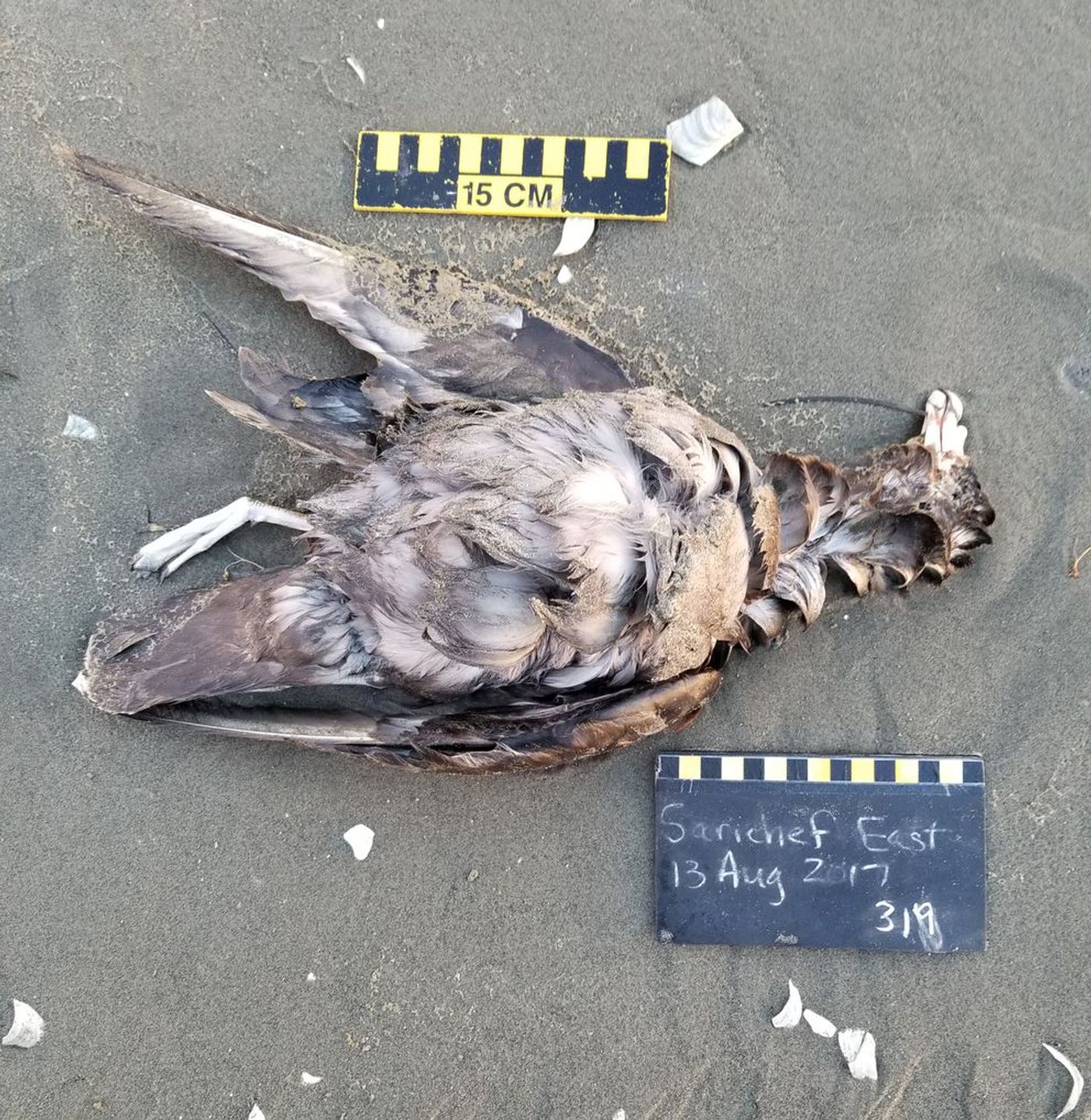Is climate change the culprit of all the dead birds washing up on the Bering Sea shores?
If you were to be walking along the shore of one of the islands in the Bering Sea within the last several weeks, you would want to watch your step. Since the beginning of August, residents and scientists have found over 800 dead seabirds washed ashore – and those are just the ones that have been documented. Though the cause of this mass die-off of seabirds is technically unknown, it’s likely linked to the warming of the North Pacific Ocean.
This summer was the fourth year in a row that the Bering Sea’s temperatures were uncharacteristically warm. Because the ice melted early this year, open waters to begin absorbing heat earlier, too. "You had much longer for the water to get warmer this year," said Rick Thoman, climate science and services manager for the National Weather Service in Alaska.
Warming seas can throw off a fragile equilibrium within an ecosystem. With warmer waters, some organisms thrive while others don’t survive. Given that necropsies of the dead seabirds show that they were emaciated (most did not have food in their stomachs or intestines and little or no fat on their bodies), the automatic question is, what happened to the seabirds’ food? Scientists are currently running to answer that question.
The Fish and Wildlife Service reported that the first birds were found on the Pribilof Islands in the Bering; since then dead birds have been spotted on Bering beaches as far north as the Inupiat villages Shismaref and Deering.
While this is not the first mass die-off that the region has seen, Julia Parrish, executive director of the Coastal Observation and Seabird Survey Team, points out that this time the impacted seabirds, northern fulmars and short-tailed shearwaters, "are different kinds of species than all the other die-offs that we have seen.” These species are long-distance migratory fliers; shearwaters can migrate from distances as far as Australia, and they likely arrive to the region hungry. If their food source isn’t plentiful, the birds’ future doesn’t look great.
"Right now, we know that they are starving to death and can't hold their heads above water, and they're drowning," said Ken Stenek, a Shishmaref resident who has volunteered to help count the dead birds that are washing up on his community’s shores.
"There's no sign of disease. We will continue to test for that," Robb Kaler, a FWS biologist. FWS also plans to continue investigations into possible links to toxins produced by harmful algal blooms which are also spurred by warming waters.
Sources: FWS, Alaska Dispatch News









